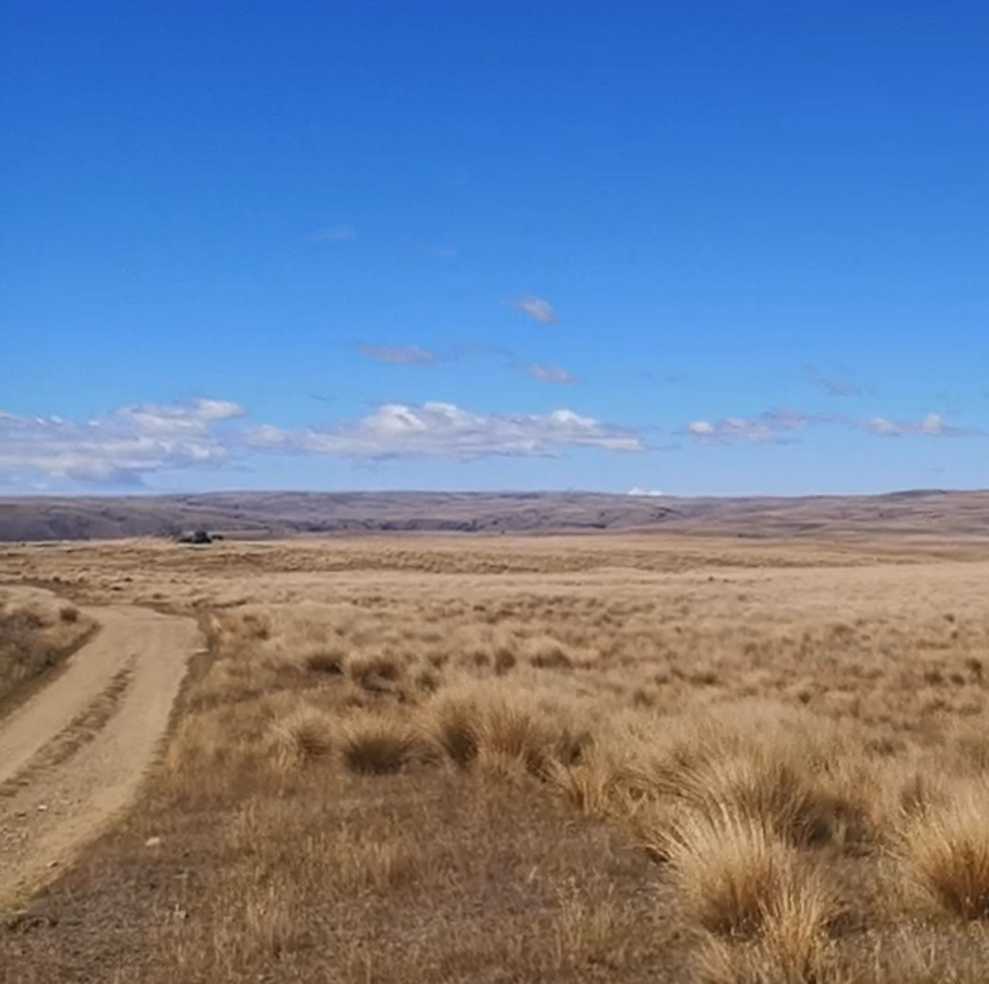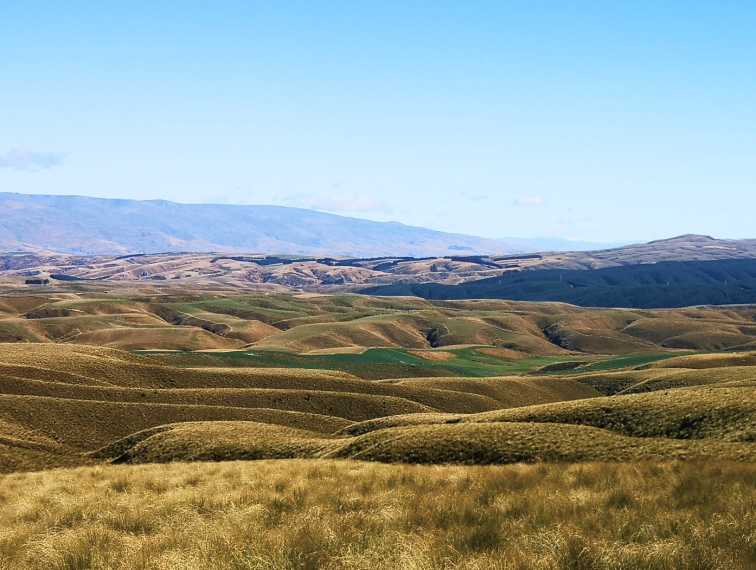
Update 19 October 2023
The Lake Onslow project is one of the first casualties in the aftermath of the October 14 election. All of the potential government coalition partners have indicated that the NZ$16bn infrastructure project will not proceed under their watch. The news will be a relief for all thinking citizens with a modicum of common sense. There is no way the estimated final cost of the project would have been $16 billion and the completed cost would have undoubtedly been even more astronomical.
The Lake Onslow project was part of the previous Labour government's investigation into new electricity generation options in order to ensure consistent power supply in years of low lake levels other than the coal-fueled Huntly power station. As at December 2022, $24.1 million had been spent on feasibility work with regard to the Lake Onslow option.
New Zealand still faces the looming problem of electricity shortages in so-called dry years and maybe it would make logistical sense to site additional generating facilities closer to the regions which require the bulk of electricity supply.
֍֍֍
The New Zealand government’s proposed Lake Onslow pumped-hydro electricity generating facility would require the construction of a dam larger than Benmore Dam (823m wide x 110m high). Approximately 20,000 hectares of pristine Lammermoor Range hill country would need to be stripped of soil down to bedrock otherwise it would likely engulf the lower parts of a new reservoir with mud and/or become widespread dust.

֍֍֍
Previous Rejigit articles about Lake Onslow;
March 2023 https://rejigit.co.nz/vendor/article.php?uid=kk
June 2023 https://rejigit.co.nz/vendor/article.php?uid=kr
֍֍֍

Some further comment on the Lake Onslow project from a Rejigit correspondent who obviously has a firm handle on its many shortcomings;
“As the scheme was originally conceived it used energy available during wet periods in the Waitaki and Clutha catchments to pump water up into the lake. It would take several years to fill the lake. When full, it could hold 5000 GWh – more than the 4000 GWh which is generally accepted as the dry year deficit.
All the studies done so far under the wing of Prof Bardsley have assumed (as I recall) that pumping power comes at no cost because as it would otherwise be spilt, it had no value. Unfortunately the electricity market doesn’t work like that. As soon as the pumps start, Contact and Meridian would jack up their power price to a level that would be (they hope) just below the price at which the outfit running Onslow would decide not to pump. If the lake had just been emptied, there would be an urgent need to refill it, this price could be quite high.
If we wanted to add 4000 GWh to the storage, we would need 5000 GWh of pumping power to make up for losses. If it cost five cents/kWh – a low estimate – the pumping costs would be $250 million. Say $25 million per annum just to hold it up there. Evaporation losses at about 600 mm might be as high as $20 million per annum. And then we have the capital recovery cost. 1200 MW at US$3000/kW equals ~ $5 billion. 8% of that is 400 million per annum. Then there are operating and maintenance costs and say, $50/kW per annum. 60 million per annum So we get a total annual cost of ~$500 million. If, on average, it releases 3000 GWh every five years then that 3 thousand GWh has to recover $500 million In operating costs plus finance refilling the lake ~ 4000 GWh pumping power back into the lake. $200 million..
Let’s say $400 million To refill the lake and 500 million accumulated operating costs. $900 million to be recovered from 3000 GWh. $0.30/kWh!
The alternative is to keep maybe as much as 2 million tons on the stockpile at Huntly. Let us say the cost is $200/tonne so the total is $400 million – maybe $50 million per annum.
The other option is to use gas storage and pay for pumping gas into the Ahuroa gas storage. Half the emissions of Huntly and hugely cheaper than Onslow.
So all that shows that the original concept might have stacked up technically but is hugely expensive and, if there are two dry years in succession or with only a few years apart, then there might be shortages because Lake Onslow doesn't have time to refill.
Now let’s come to the Climate Commission proposals. They want us to have 6000 MW of wind and 6000 MW of solar. This is to meet a peak demand 4000 MW higher than the present 7000 MW.
What they did not discuss is that when the wind isn’t blowing and the sun shining we would need to get at least 4000 MW from storage. So 1200 MW from Onslow is not enough. So we will have to buy some more pumped storage – presumably in the North Island.
When the wind is blowing and the sun is shining and the demand is down to 5000 MW there will be probably 5000 MW of surplus energy that must be pumped into storage. So we will need 5000 MW installed capacity at the storage stations rather than the 4000 above.
Virtually all of the solar capacity and most of the wind capacity will be in the North Island. So 1200 MW of surplus power will have to be transmitted back down the DC link to Onslow. But the DC link cannot carry
1200 MW in a Southerly direction so it will need to be upgraded. Say $500 million.
If the wind suddenly picks up and the clouds clear in the middle of the day all this surplus power will appear in a few hours, so they will have to start pumping at Onslow from the Roxburgh Lake which has little storage – maybe only a few hours. So if the wind keeps blowing and the sun keeps shining, Onslow will have to shut down due to lack of water and 1200 MW will be wasted. As I mentioned it takes eight hours for the water released from Lake Hawea to get to Clyde and another couple of hours to Roxburgh. By that time there is a fair chance that the sun has set and the wind has dropped so it might even happen that some of the water that was released has to be spilled at Roxburgh.
What the climate commission hasn’t allowed for is that the sun shines brightly in the summer and a lot less so in the winter. So quite large amount of wind energy is to be stored for six months. I’m not sure that you can do this at Onslow and, as the same time have enough in reserve for dry years.
But, given all the terrible things that are going to happen to the world if we don’t stop climate change, nuclear power is the obvious answer. 40 nuclear power stations are now under construction and small modular reactors which are a whole new ball game will soon be available. And if you don’t like them, it is possible that fusion power will be available in a 20 to 40 year time-frame."